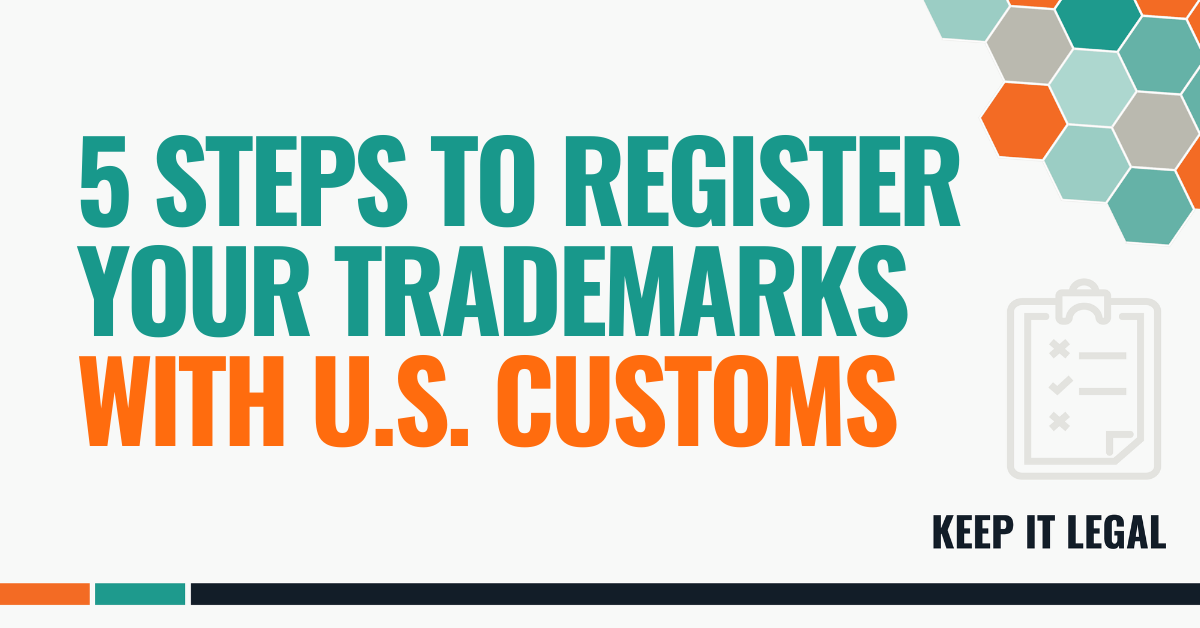The counterfeit industry is reportedly worth $1.2 trillion per year. That’s trillion with a “T”. According to Chavie Lieber at Vox, “counterfeits have also been linked to funding terrorism and other rings of criminal activity.” Lieber goes on to show how Instagram (particularly Instagram Stories, which disappear after 24 hours and therefore are difficult to track) has helped lead to the explosion of knockoff goods.
Trademark owners do have one way to combat this issue: they can register their trademarks with U.S. Customs (also known as Customs and Border Protection or “CBP”).
CBP regularly inspects goods brought in at various ports of entry and can identify and impound counterfeit goods – but only if the trademarks are registered through their system. Anyone who manufactures goods or has a brand that is licensed to manufacturers should take advantage of this CBP program.
It’s important to know that having a trademark registered with the United States Patent and Trademark Office (USPTO) does not mean that trademark is registered by CBP. Yes, the USPTO and CBP are both arms of the federal government, so in theory they would share information, but of course it’s not quite that simple.
Here are 5 steps you can take to register your trademarks with U.S. Customs:
Step 1: Register your trademark with the United States Patent and Trademark Office.
Marks that are not registered with the USPTO can’t be registered with CBP, so USPTO registration is the first step in this process.
Of course, if you have questions about trademark registration, you should contact an experienced trademark attorney.
Step 2: Register, or record, your trademark rights with CBP.
CBP’s registration program is called Intellectual Property Rights e-Recordation (or “IPRR”, in case this blog post didn’t have enough initials). The fee to record a trademark with IPRR is $190 per class of goods. Trademarks may be registered in many classes, so the total cost may differ depending on how your mark is registered.
Step 3: Help CBP discover knockoffs of your goods.
CBP recommends that you develop a Product ID Guide (Training Guide) and produce a Product ID Webinar. These aren’t necessary for every registrant, but if you have the means and are concerned about sophisticated counterfeiters, they are good additional steps.
Step 4: Update your CBP registration when there are changes to your goods.
If your products, trademarks, or contact information should change, you’ll need to let CBP know about it. You can do so using the same IPRR link.
Step 5: Renew your CBP registration.
Your CBP registration needs to be renewed before your trademark registration renewal is due, so you should make sure to docket your marks on a similar schedule.
If this list looks daunting, we’d be happy to help take some of this work off your plate. Reach out to me if you need help fighting knockoffs.


